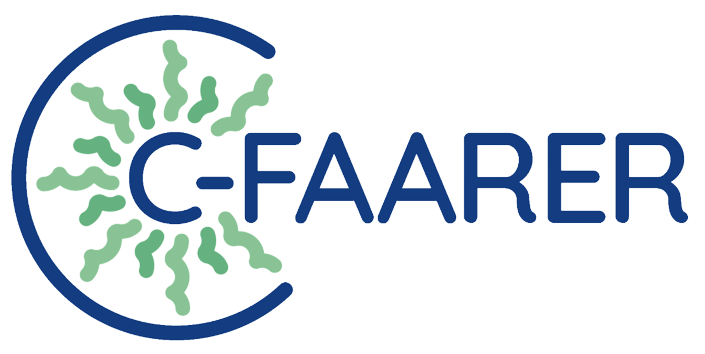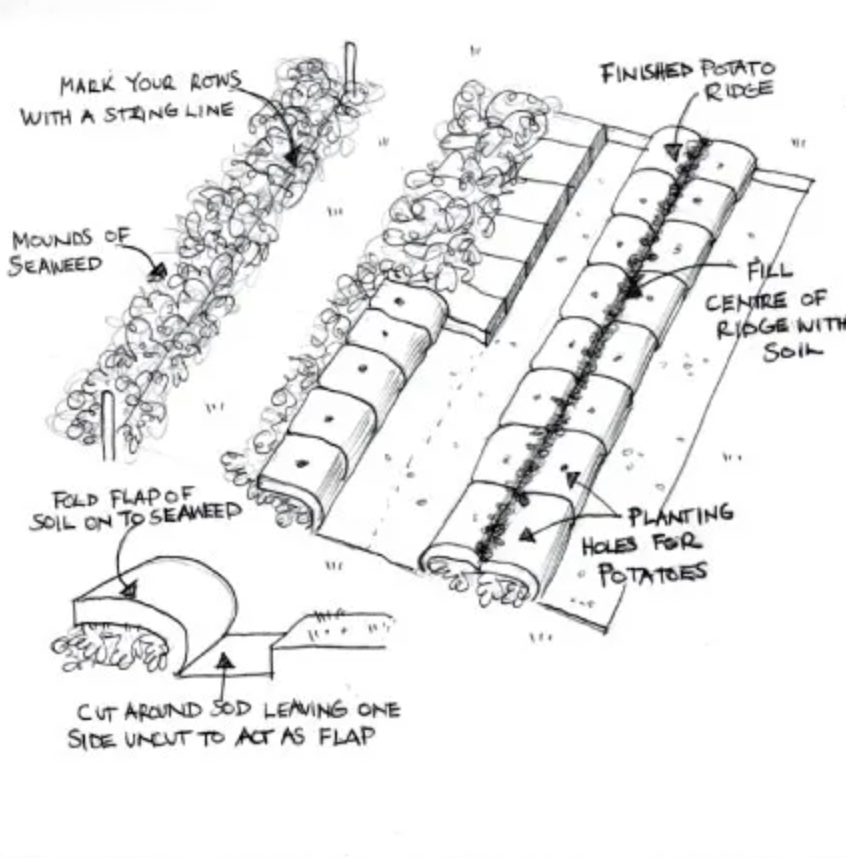Traditional Uses of Seaweed in Ireland
From Fertilizer to Food
Seaweed has long been an integral part of Ireland's coastal communities, with a rich history of traditional uses spanning centuries. Beyond its contemporary applications in biotechnology, cosmetics, and other industries, seaweed has played a vital role in Irish agriculture, industry, and cuisine.
Historically, seaweed was widely harvested and utilized as a valuable resource. According to medieval Irish scholars, a rock that could produce a crop of seaweed had a value equivalent to two and a half cows - a significant amount. By the 17th century, seaweed was harvested extensively and used for a variety of purposes, from fertilizer to a substitute for chewing tobacco.
Potato Crops
One of the most prominent traditional uses of seaweed was as a fertilizer for potato crops. Seaweed was collected and spread on the "lazy beds" used to grow potatoes, providing essential nutrients for soil. This practice was important during the Great Famine of the 19th century when seaweed became a last resort for starving people.
In addition to its agricultural uses, seaweed was also an important source of soda ash and potash, which were extracted through the burning of seaweed in kelp kilns. These products were then used in the production of glass and soap.
Seaweed also played a significant role in Irish cuisine, with certain species like dulse (Palmaria palmata) and carrageen moss (Chondrus crispus and Mastocarpus stellatus) being traditionally consumed.
Dulse was often dried and eaten as a snack, while carrageen moss was used to thicken soups and broths. These "sea vegetables" were valued for their nutritional properties, with seaweed generally being as nutritious as land-based vegetables, if not superior in some cases.
As Ireland modernized in the latter half of the 20th century, many of these traditional seaweed practices fell out of favor. However, there is now a resurgence of interest in reviving and incorporating these historical uses into the modern Irish seaweed industry.
Search the Blog….
Visit us on Instagram


















